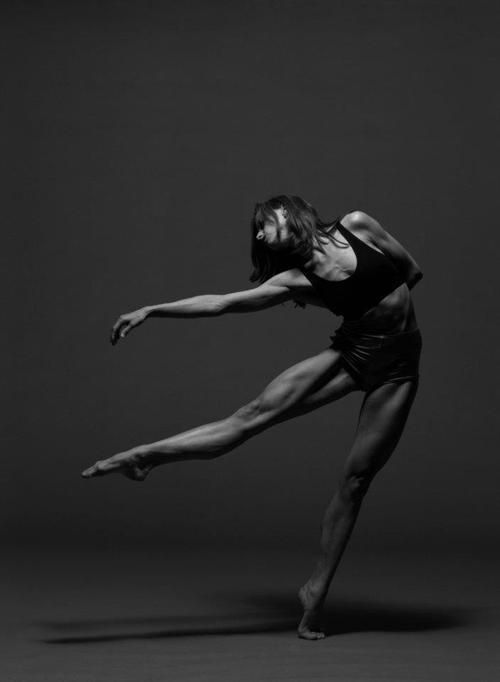Learning Strength for Dancers.
- gracemcloughlin15
- Aug 5, 2024
- 4 min read
Updated: Apr 13
My Journey; My comparison.
Welcome to a post documenting my relationship with strength training as a ballet and lyrical dancer. Compare how I valued strength training when I was a teenage dancer and what strength means to me now as an adult.

THE BEGINNING.
Teenagerhood : puberty, insecurity and laziness.
My body was developing and transitioning into womanhood, which naturally means my body needed a studio-full of energy stores. However, I was dancing, cheerleading, walking and studying physical education so thus not providing my hormones, bones, muscles and brain with enough to complete its difficult process of growing up. Despite priding myself on my teenage passion for sports and activity, those rare days of rest were days I felt paralysed: burnt out like the bread in the toaster I would forget about because my cognitive functions couldn’t work.
Was I lazy or exhausted?
I enjoyed dancing but when asked to do a plank or a squat, a typical teenage eye roll was replaced as an answer. Oh wait… did I look cool? I should keep this attitude up.

A TURNING POINT(E).
March 2020; a global date our society will not forget.
Lockdown gave me permission to rest; lockdown gave me permission to be myself; lockdown gave me permission to find out who I was.
With confidence, I know I am not alone when I say the first couple of months were filled with binge-watching series, baking cupcakes at 9pm at night and sleeping 15 hours and my mind, body and soul soaked up the opportunity to relax like a sponge in the sea. Collectively, they loved it. Despite diverging from the standards and rulebook for “How to Be a Healthy Human”, I felt like my happiest and healthiest self.
A few months down the line, I started conditioning in my room. I finally had a desire to be fit and strong.

ROOKIE ERA.
We have all been there. Looking back on ourselves and cringing, but all the errors I made are still an important part of my journey and I believe they were made for a reason.
I will spare you from explaining my first stage of Chloe Ting and abs in three days workouts on my bedroom floor at 11pm…
Age 16, my first gym membership. A rope wrapped around my neck and pulled me to any cardio machine in the gym, I was a magnet to the metal machine. Something about rowing, running, walking or cycling was so safe, I felt secure and confident on the machinery. Though I was improving my cardiovascular fitness, I had not allowed my muscles to grow and support me when wanting to apply it to my dance routines. Though I was stepping out of my comfort zone and showing up for myself, I was neglecting my strength.
Age 18, a new gym. I brought myself a membership for a quieter gym- I brought myself to the gym with new goals and I was determined to learn something new. I learnt how to use a few machines which I would use; routine and monotony.
Arms- 20 minute row, lateral pulldown, lateral raise and tricep pulldown.
Legs- 20 minute stairs, leg press, leg extension, dumbbell goblet squat.
Too bored to want to go to the gym but too anxious to challenge myself. A RUT.
I wasn’t really dancing much at the time, so I attempted incorporating dance into my workouts. I did long flexibility sessions in the gym’s studio, practiced tricks such as aerials or handstands and a few battement exercises, but it is worth reminding that strength training for dancers should look different to our artistic sport. I wasn’t improving strength, but I was finding my love again and my determination returned.
My determination returned. I wanted to be a gym girl, fit, strong and confident. A determination that was so fragile; I would become angry at myself when I couldn’t achieve the stuff the gym girls in the media could.
I wasn’t fit enough, I was weak, I was lazy. I was vulnerable.

NOW!
I recognise strength training as a learning curb, an opportunity for self-discovery and a protective factor to my health and well-being.
As a dancer working on her physical ability in addition to improving her mental clarity, it was important for me to start with putting in the appropriate boundaries during my training sessions. By establishing adaptations, I was respecting my needs and thus avoiding injury, burnout and negative self-talk.
My sessions are now danc(er) specific, not dance specific. I build my sessions with consideration of my current working hours, mental state, exhaustion and enjoyment whilst simultaneously scaling my exercise complexity, intensity and load with my experience and background.
On a deeper level, strength training has taught me a lot about my body. Rather than winging my dance lessons and relying on adrenaline or cortisol to get me through exercise, I carefully assess my body and understand how to use it safely. A higher leap; a flexible rons de jambe, a straighter posture, a longer balance. Athleticism and injury prevention in the foreground. Knowledge and resilience in the background.

Dancing.
Athletic, Strong, Resilient.
I would love to hear about your experience with strength training. Leave a comment or message my socials!
SWEATY TAKE…
Strength training means dancers can take control of their individuality and be the dancer they are at heart. Strength training is the foundation to my improved dance performance and endurance.
Dancers sticking to exercise styles which feel closer to home, such as pilates or cross training, is probably due to a lack of guidance and inaccurate representation in the media.
The truth is weight training increases dancers strength, endurance, muscular control and cardiovascular capabilities. Dancers become stronger, have more power, faster speed and healthier bones when using weights.
PS it is also great fun, experimentative and a confidence booster.









Comments